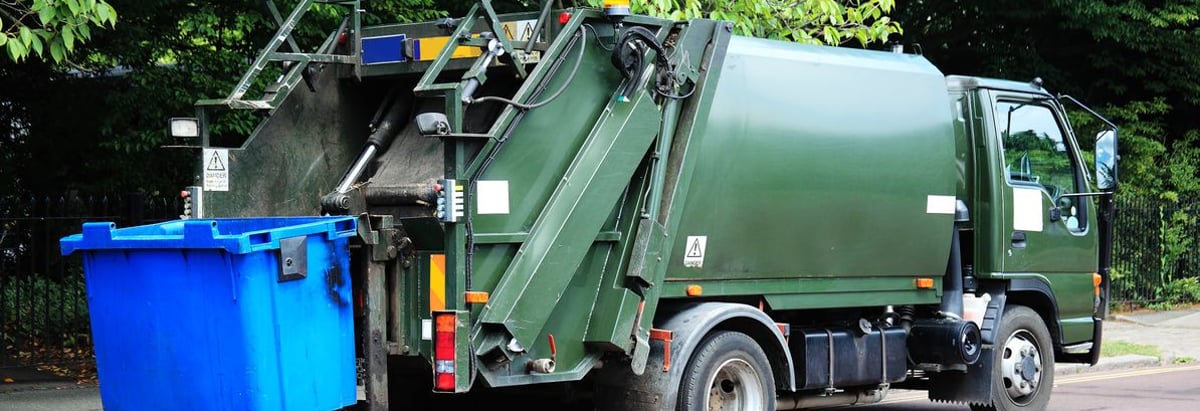Stock Analysis
- Israel
- /
- Commercial Services
- /
- TASE:VRDS
These 4 Measures Indicate That Veridis Environment (TLV:VRDS) Is Using Debt Reasonably Well

Legendary fund manager Li Lu (who Charlie Munger backed) once said, 'The biggest investment risk is not the volatility of prices, but whether you will suffer a permanent loss of capital.' So it might be obvious that you need to consider debt, when you think about how risky any given stock is, because too much debt can sink a company. Importantly, Veridis Environment Ltd (TLV:VRDS) does carry debt. But is this debt a concern to shareholders?
Why Does Debt Bring Risk?
Debt and other liabilities become risky for a business when it cannot easily fulfill those obligations, either with free cash flow or by raising capital at an attractive price. In the worst case scenario, a company can go bankrupt if it cannot pay its creditors. While that is not too common, we often do see indebted companies permanently diluting shareholders because lenders force them to raise capital at a distressed price. Of course, debt can be an important tool in businesses, particularly capital heavy businesses. When we examine debt levels, we first consider both cash and debt levels, together.
See our latest analysis for Veridis Environment
What Is Veridis Environment's Net Debt?
As you can see below, Veridis Environment had ₪2.55b of debt, at September 2024, which is about the same as the year before. You can click the chart for greater detail. However, it does have ₪71.8m in cash offsetting this, leading to net debt of about ₪2.48b.
How Healthy Is Veridis Environment's Balance Sheet?
The latest balance sheet data shows that Veridis Environment had liabilities of ₪1.29b due within a year, and liabilities of ₪2.55b falling due after that. Offsetting these obligations, it had cash of ₪71.8m as well as receivables valued at ₪772.3m due within 12 months. So its liabilities total ₪3.00b more than the combination of its cash and short-term receivables.
This is a mountain of leverage relative to its market capitalization of ₪3.71b. Should its lenders demand that it shore up the balance sheet, shareholders would likely face severe dilution.
In order to size up a company's debt relative to its earnings, we calculate its net debt divided by its earnings before interest, tax, depreciation, and amortization (EBITDA) and its earnings before interest and tax (EBIT) divided by its interest expense (its interest cover). Thus we consider debt relative to earnings both with and without depreciation and amortization expenses.
Weak interest cover of 0.35 times and a disturbingly high net debt to EBITDA ratio of 7.6 hit our confidence in Veridis Environment like a one-two punch to the gut. This means we'd consider it to have a heavy debt load. The silver lining is that Veridis Environment grew its EBIT by 202% last year, which nourishing like the idealism of youth. If it can keep walking that path it will be in a position to shed its debt with relative ease. When analysing debt levels, the balance sheet is the obvious place to start. But you can't view debt in total isolation; since Veridis Environment will need earnings to service that debt. So if you're keen to discover more about its earnings, it might be worth checking out this graph of its long term earnings trend.
But our final consideration is also important, because a company cannot pay debt with paper profits; it needs cold hard cash. So we clearly need to look at whether that EBIT is leading to corresponding free cash flow. Over the last three years, Veridis Environment actually produced more free cash flow than EBIT. There's nothing better than incoming cash when it comes to staying in your lenders' good graces.
Our View
We weren't impressed with Veridis Environment's net debt to EBITDA, and its interest cover made us cautious. But like a ballerina ending on a perfect pirouette, it has not trouble converting EBIT to free cash flow. When we consider all the factors mentioned above, we do feel a bit cautious about Veridis Environment's use of debt. While we appreciate debt can enhance returns on equity, we'd suggest that shareholders keep close watch on its debt levels, lest they increase. When analysing debt levels, the balance sheet is the obvious place to start. However, not all investment risk resides within the balance sheet - far from it. Be aware that Veridis Environment is showing 2 warning signs in our investment analysis , you should know about...
When all is said and done, sometimes its easier to focus on companies that don't even need debt. Readers can access a list of growth stocks with zero net debt 100% free, right now.
New: Manage All Your Stock Portfolios in One Place
We've created the ultimate portfolio companion for stock investors, and it's free.
• Connect an unlimited number of Portfolios and see your total in one currency
• Be alerted to new Warning Signs or Risks via email or mobile
• Track the Fair Value of your stocks
Have feedback on this article? Concerned about the content? Get in touch with us directly. Alternatively, email editorial-team (at) simplywallst.com.
This article by Simply Wall St is general in nature. We provide commentary based on historical data and analyst forecasts only using an unbiased methodology and our articles are not intended to be financial advice. It does not constitute a recommendation to buy or sell any stock, and does not take account of your objectives, or your financial situation. We aim to bring you long-term focused analysis driven by fundamental data. Note that our analysis may not factor in the latest price-sensitive company announcements or qualitative material. Simply Wall St has no position in any stocks mentioned.
About TASE:VRDS
Veridis Environment
Provides environmental services in the areas of waste management, paper and cardboard, water, and energy in Israel.

